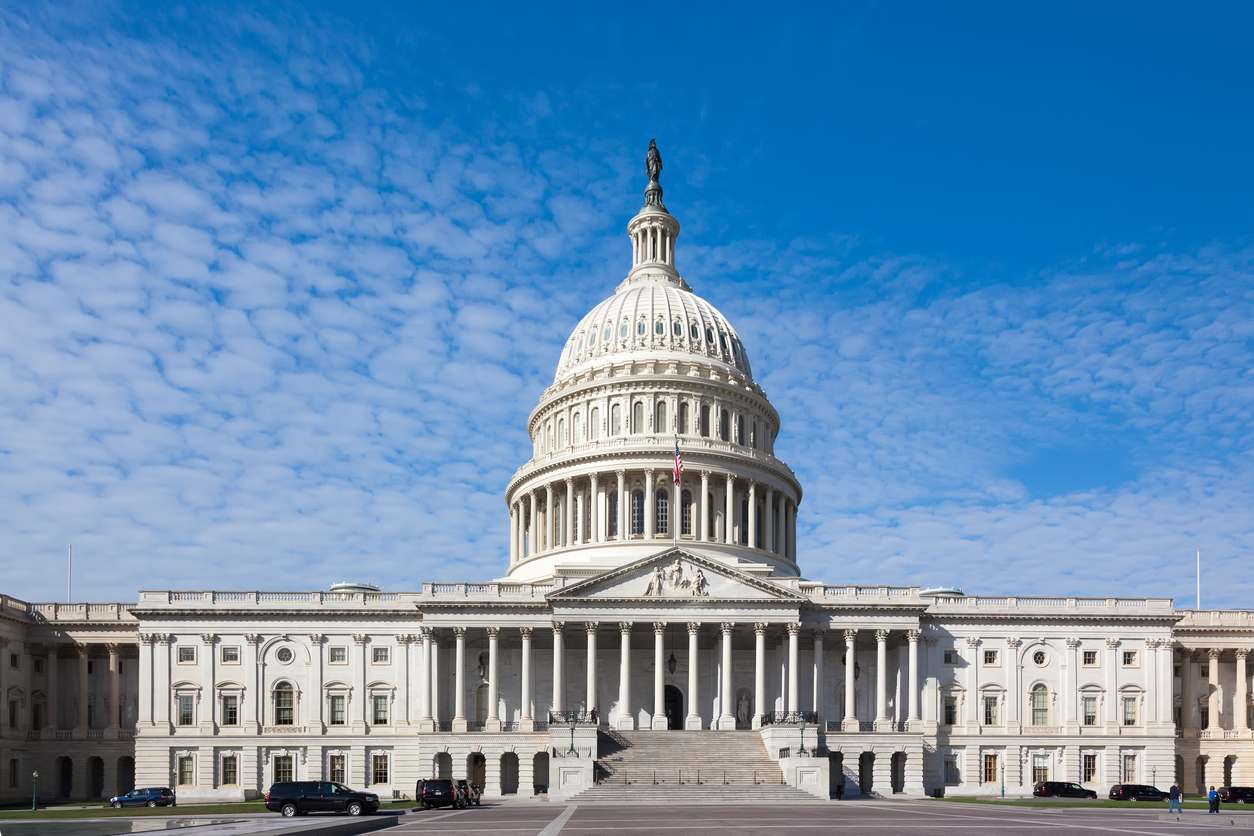As coronavirus (COVID-19) continues to spread, rattling financial markets, forcing the closures of businesses and schools, and canceling major public events across the country, the Trump Administration and Congress began taking steps to mitigate the impact on Americans. On March 13, 2020, President Trump declared a national emergency, which frees up $50 billion in funding for state and local governments to use in fighting the pandemic.
Meanwhile, the House, after working closely with Administration officials, passed the Families First Coronavirus Response Act (H.R. 6201) early in the morning on March 14, 2020. Over the following days, it became clear that changes, described as technical corrections, needed to be made to the bill as passed by the House. An amended version of the bill was passed by the House on March 16, 2020 by unanimous consent, as the majority of House members were on recess for the week, and the bill was sent to the Senate. On March 18, 2020. the Senate passed the bill and sent it to the President’s desk. The President signed the bill into law later that day. Meanwhile Congress is far along in considering a third, and significantly larger, stimulus and relief bill. The bill as passed increases funding for testing and extends paid sick leave to employees all over the country affected by the pandemic.
PAID LEAVE
The new law requires employers with fewer than 500 employees to provide paid sick leave to employees who are forced to stay home due to quarantining or to care for a family member (“qualified paid sick leave”) orto care for a child if the school or place of care is closed (“qualified family leave”). The bill compensates employers and the self-employed for this paid leave in the form of a tax credit.
COMMENT: Only a very small portion of the Act provides tax changes. The Act is largely focused on funding for increased coronavirus testing, ensuring free testing for everyone, and continuing student lunch programs when schools are closed.
In the case of sick leave wages paid by an employer to an employee, the employer receives a refundable credit against its share of either the OASDI and the RRTA portion (as applicable) of the payroll tax. The credit can be claimed on a quarterly basis, equal to 100 percent of the amount of sick leave wages paid under the new law. The amount of the credit is limited to $200 per day. However, the credit is increased to $511 per day if the employee is on leave because he or she:
- is subject to a federal, state or local quarantine or isolation order related to COVID-19;
- has been advised by a health care provider to self-quarantine due to concerns related to COVID-19; or
- is experiencing symptoms of COVID-19 and seeking a medical diagnosis
The amount of total hours of paid sick leave is limited by the new law and the payroll tax credit is limited to 10 days of wages.
For family leave wages paid by an employer, a separate refundable payroll tax credit applies, with different limitations. The 100 percent credit against the employer’s share of the payroll tax is limited to $200 per day, up to an aggregate of $10,000. For self-employed persons, the credit is allowed against regular income taxes.
The limit on sick leave wages is determined by multiplying the number of days (subject to limitation) the self-employed person is unable to perform services in the trade or business by the lesser of 67% of the taxpayers average daily self-employment income, or $200. The limits are increased to 100% and $511, respectively, in the case of the three scenarios that also apply to the employer payroll tax credit. The same calculation is made for family leave wages, with days unable to perform services (no more than 50) multiplied by the lesser of 67% of the taxpayer’s average daily self-employment income, or $200.
The new law provides numerous requirements, limitations and definitions relating to the application of the mandate, as well as the credit.
COMMENT: As mentioned above, these provisions are all temporary. The credits are applicable from the date selected by the Secretary of the Treasury (which must be within 15 days of the date of enactment) until December 31, 2020. The tax provisions do not make changes to the Internal Revenue Code.
PENALTY AND INTEREST WAIVER
On March 18, 2020, The IRS issued guidance providing that it would waive penalties and interest on tax payments for 90 days, though not postponing the due date for filing a 2019 tax return. The waiver was announced a day earlier by Treasury Secretary Steven Mnuchin. The waiver only applies to individual taxpayers owing up to $1 million in taxes and corporations owing up to $10 million in taxes. Secretary Mnuchin stated that taxpayers are encouraged to still file timely returns, as the IRS is still processing them and many taxpayers receive refunds, which could be beneficial during the current crisis.
ADDITIONAL GUIDANCE
The IRS announced in Notice 2020-15 that a health plan that satisfies the requirements of a high deductible health plan (HDHP) under the Internal Revenue Code, and thus allows individuals to deduct contributions to a health savings account, will not cease to be qualified as an HDHP if it allows for COVID-19 testing. This includes testing to be done with deductibles below the minimum deductible for an HDHP, including a $0 deductible.

